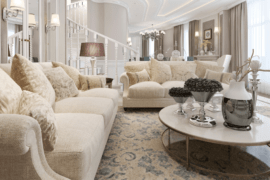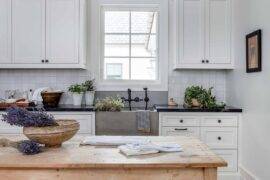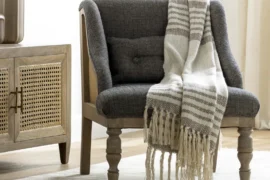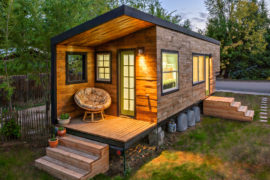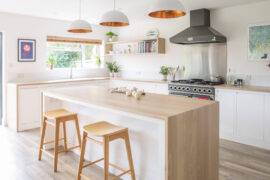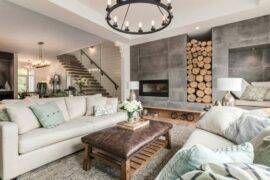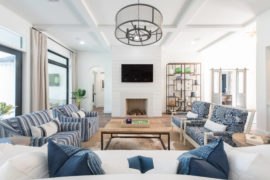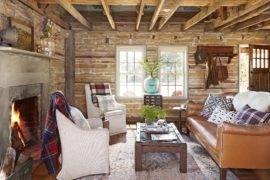Have you ever walked into a room and felt instantly at ease, or energized, or inspired? That’s the power of thoughtful interior design. Whether you’re looking to refresh your space or completely transform it, understanding different interior design styles is the first step to creating a home that truly reflects your personality and meets your needs.
Coastal
Coastal design isn’t just for beach houses; it’s a style that can bring a sense of relaxation and airiness to any home. This look is characterized by light, bright color palettes dominated by blues, greens, and whites, evoking the colors of the sea. Natural textures like weathered wood, jute, and linen add depth and interest. While it’s tempting to go overboard with nautical motifs, the best coastal interiors use these elements sparingly, focusing instead on creating a breezy, open feel that captures the essence of seaside living.

Traditional
Traditional design is far from outdated. This style embraces classic elements that have stood the test of time, creating a warm and inviting atmosphere. Picture plush, oversized sofas, ornate patterns on rugs and drapes, and rich, warm color palettes. Traditional homes often feature architectural details like crown molding and chair rails, complemented by carefully chosen artwork and lighting fixtures. The result is a space that feels both comfortable and subtly formal, perfect for those who appreciate enduring beauty.
Maximalism
For those who believe more is more, maximalism offers a chance to let your personality shine. This style is all about layering colors, patterns, and textures to create a vibrant, eclectic space. Maximalist interiors are filled with collected art, bold wallpapers, and an array of interesting objects. While it may seem chaotic at first glance, successful maximalist design requires a thoughtful approach to create cohesion amidst the abundance. The key is to find common threads – whether in color, shape, or theme – to tie the various elements together.
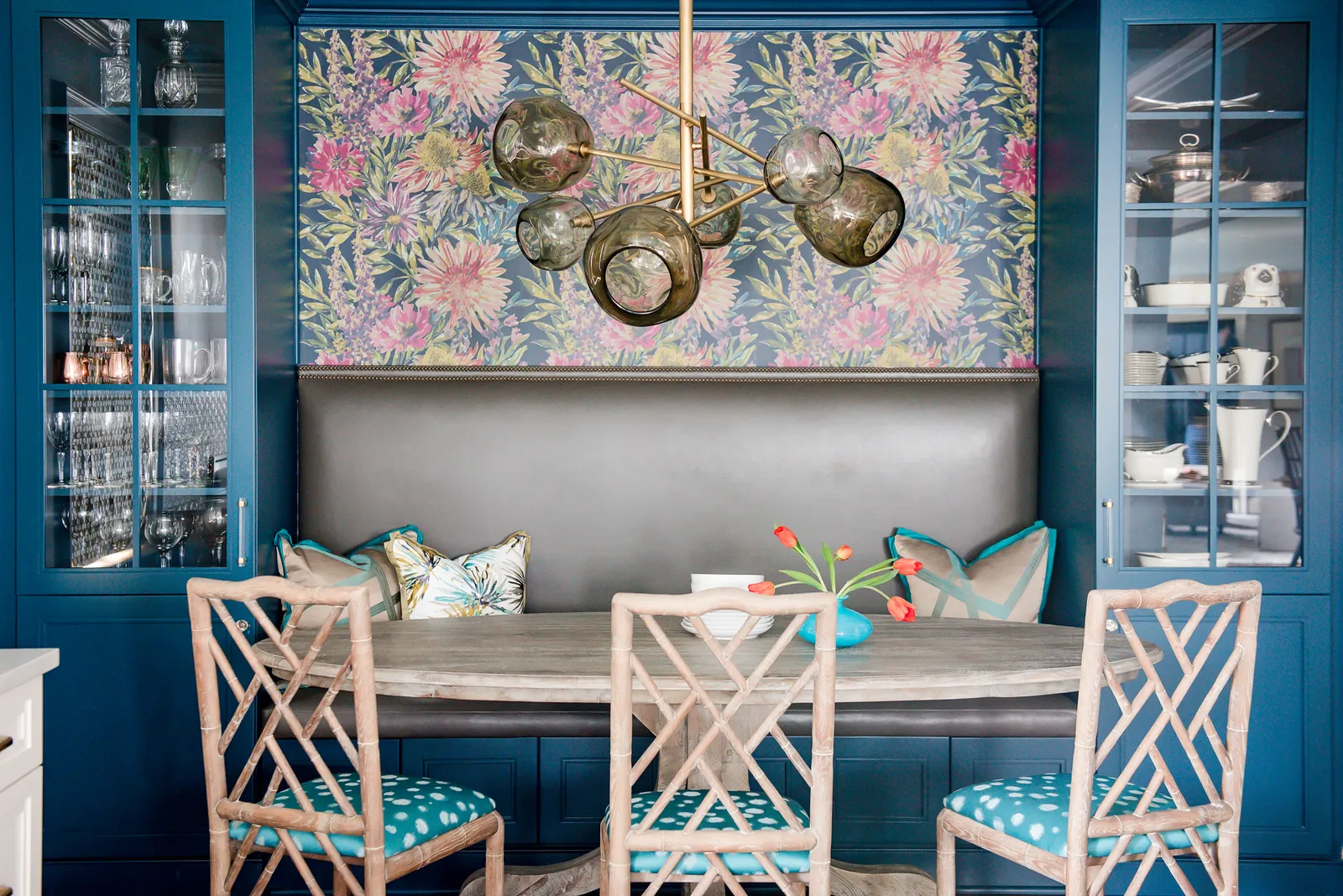
Rustic
Rustic and vintage styles celebrate the beauty of natural materials and the character of well-loved objects. The rustic interior features elements such as exposed wood beams, stone fireplaces, and leather furniture, creating a warm and inviting atmosphere. The color palette draws inspiration from nature, with earthy tones and muted hues. Vintage pieces play a starring role, adding depth and story to the space. Achieving this look requires a discerning eye for collecting unique items that contribute to the overall aesthetic without creating clutter.
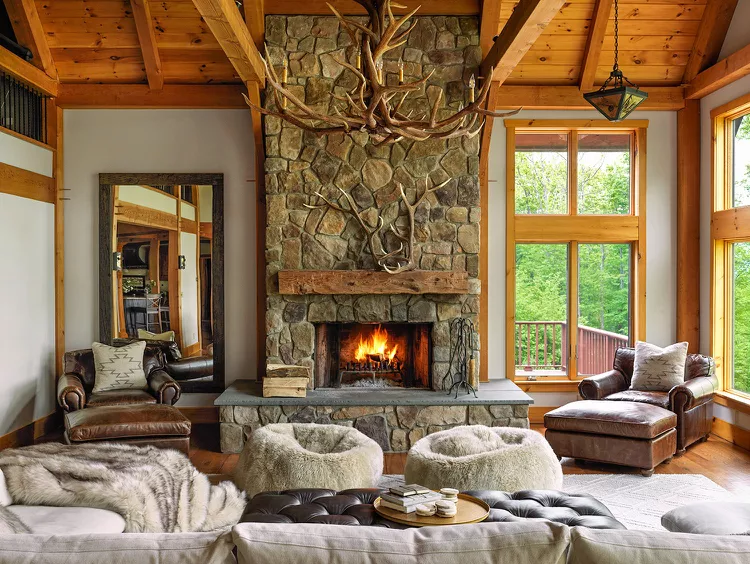
Minimalism
At the opposite end of the spectrum from maximalism, minimalist design embraces the mantra “less is more.” These spaces are characterized by clean lines, neutral color palettes, and a focus on essential elements. Every item in a minimalist home serves a purpose, creating an uncluttered environment that can feel both calming and invigorating. While some may perceive minimalism as cold or stark, thoughtful design can create warm, inviting spaces that offer a sense of mental clarity and peace.
Modern
Modern interior design is often associated with urban living, but it can create a striking look in any setting. Characterized by minimal ornamentation and a focus on function, modern interiors prioritize simplicity and sleekness. Materials like glass, metal, and smooth surfaces dominate, while the color palette tends towards cool tones with occasional bold accents. To keep modern spaces from feeling cold, incorporate comfortable furnishings and soft textiles to add warmth and texture. The result is a space that feels sophisticated and uncluttered.
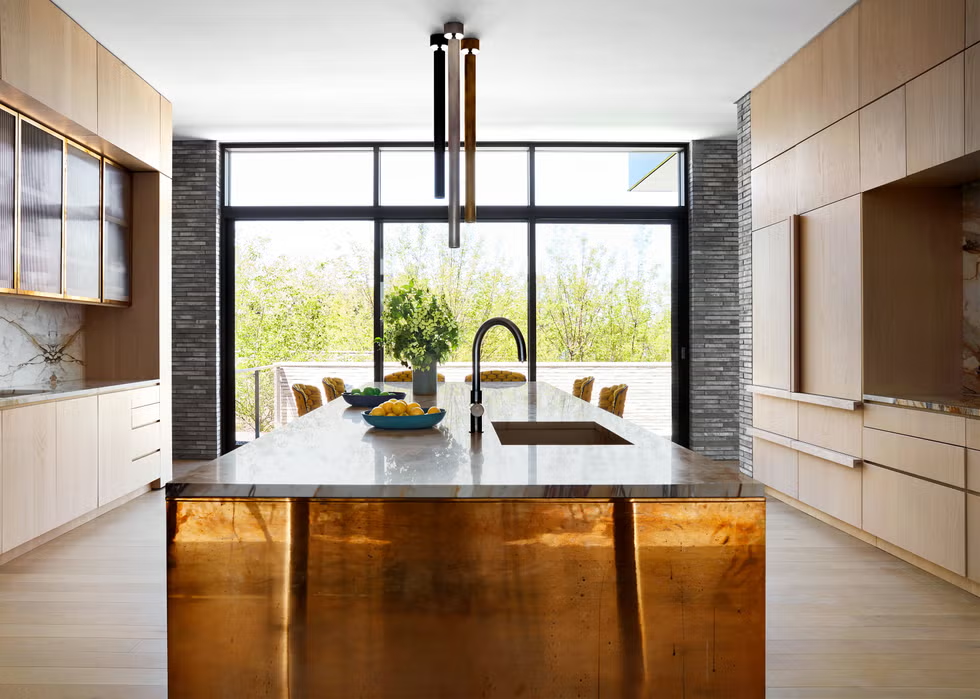
Transitional
If you find yourself torn between traditional and modern aesthetics, a transitional interior design style might be your perfect match. This approach blends timeless elements with contemporary touches, creating a harmonious and relaxed environment. Transitional spaces often feature neutral color schemes and natural wood tones, with color and pattern used sparingly for impact. The furniture is comfortable yet sleek, avoiding the ornate details of traditional style while maintaining a sense of warmth. It’s an ideal choice for those who want a home that feels current without being trendy.
Modern Farmhouse
Modern farmhouse style has surged in popularity, offering a contemporary spin on traditional rural aesthetics. This look combines rustic elements with clean, modern lines, creating a space that feels both fresh and cozy. White walls often serve as a backdrop for warm wood tones and black accents, creating a high-contrast look that’s both striking and inviting. Antique or vintage pieces are incorporated thoughtfully, adding character without overwhelming the space. The result is a home that feels both current and timeless, with a welcoming atmosphere that’s perfect for family living.

The most important aspect of interior design is creating a space that feels authentic to you — a place where you can truly feel at home. So take inspiration from these styles, but don’t be afraid to mix, match, and make them your own. After all, your home should be a reflection of you, not a page from a catalog.
Ready to bring new life to your home? Subscribe to our newsletter for exclusive interior design tips, trends, and ideas that will transform your space. Click here to subscribe!
